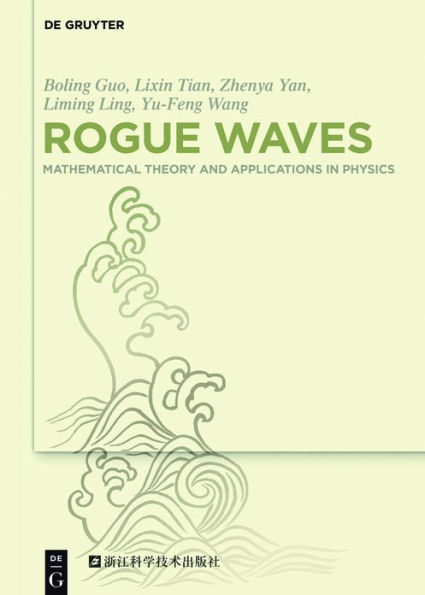5
1

Rogue Waves: Mathematical Theory and Applications in Physics
211
Rogue Waves: Mathematical Theory and Applications in Physics
211
175.99
In Stock

Product Details
| ISBN-13: | 9783110469424 |
|---|---|
| Publisher: | De Gruyter |
| Publication date: | 06/26/2017 |
| Pages: | 211 |
| Product dimensions: | 6.69(w) x 9.45(h) x (d) |
| Age Range: | 18 Years |
About the Author
From the B&N Reads Blog
